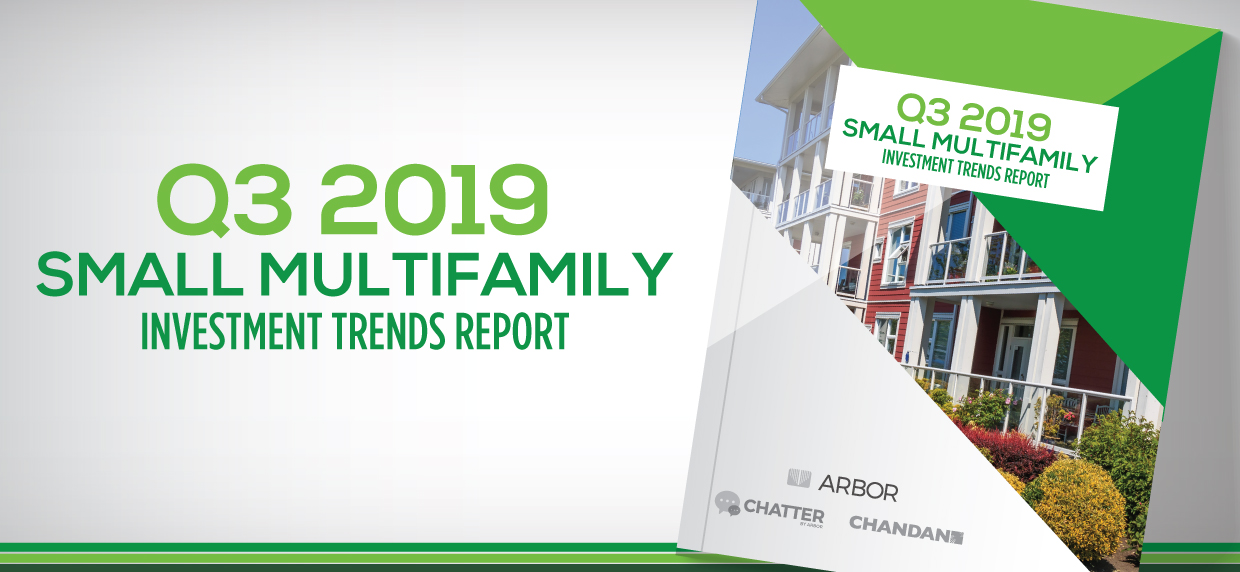In any multifamily project, site selection is a critical step requiring careful consideration. From New York to Los Angeles and all the major metropolitan areas in between, U.S. metros are ripe for new investment, but narrowing down the optimal location is never easy. In a new video, Dr. Sam Chandan, one of the commercial real estate industry’s leading scholars, shares his expert insight into Arbor Realty Trust’s latest Top Markets for Multifamily Investment Report.

Small Multifamily Prices Grow as Investors Respond to Lower Costs of Capital
Small multifamily lending volume jumped to $57.8 billion on an annualized basis, the highest level of activity in Chandan Economics’ post-crisis model estimates.
At the same time, small multifamily prices grew 6.6% year over year, driving cap rates down to 5.8%. The small multifamily sector is benefiting from persistent demand growth. As long as risk-taking remains at an appropriate threshold, small multifamily is poised to maintain healthy performance.
Download the full report, “Q3 2019 Small Multifamily Investment Trends Report,” for key insights on the sector, including:
- Lending Volume
- Cap Rates & Spreads
- Interest Rates
- Leverage & Debt Yields

